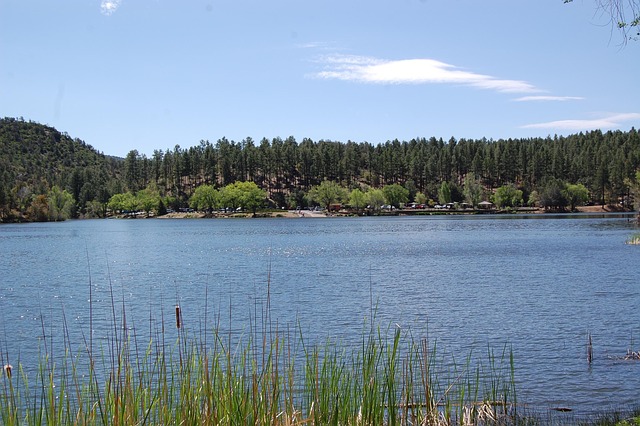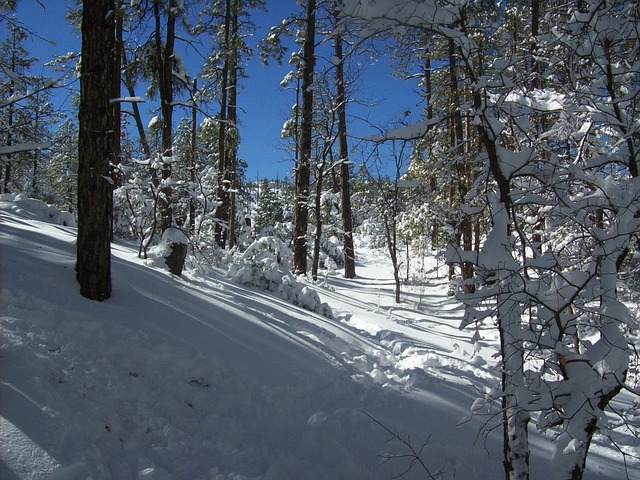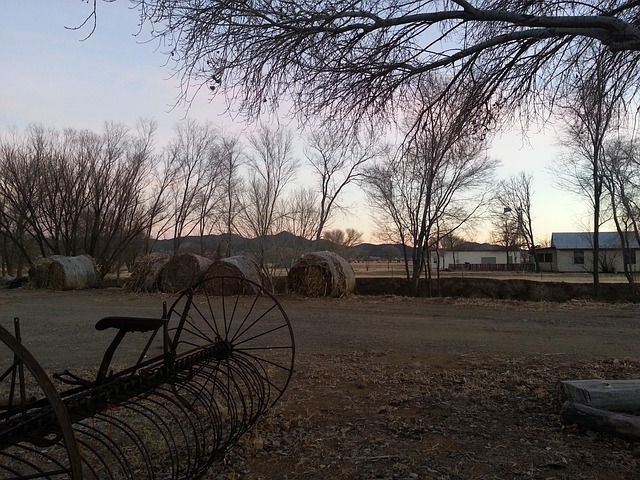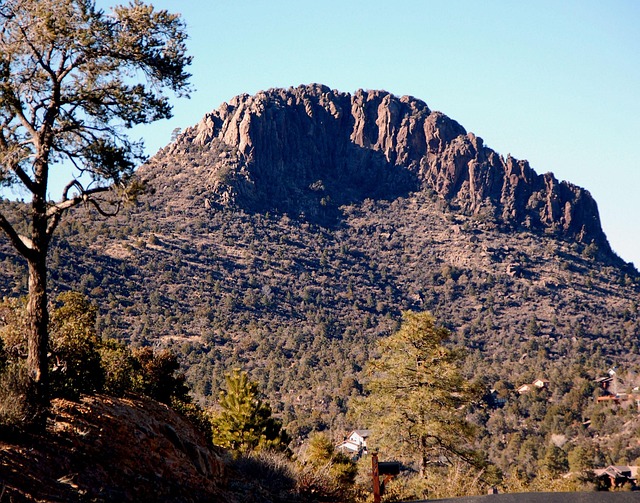The downtown area of a city serves as a bustling artistic hub, luring locals and tourists with its diverse cultural offerings. This vibrant community features local galleries, street art, converted historic buildings housing studios and cafes, and numerous cultural events. The unique real estate landscape, with cobblestone streets and historic structures, becomes a canvas for artistic expression, attracting artists and audiences alike. Investing in these arts-centric neighborhoods drives community development, boosts local economies, and increases property values, making them desirable destinations for both residents and visitors seeking vibrant, creative spaces.
“Uncover a dynamic fusion of arts and urban living in downtown areas boasting vibrant, active scenes. This introduction explores how a thriving art community can breathe new life into historic neighborhoods, transforming them into desirable real estate destinations. From gallery-lined streets to performance venues, these bustling centers become cultural hubs that attract artists, investors, and residents alike. Discover the harmonious relationship between creative energy and real estate development, where artistic vibrancy drives urban growth.”
The Vibrant Arts Community: A Hub of Creativity and Culture
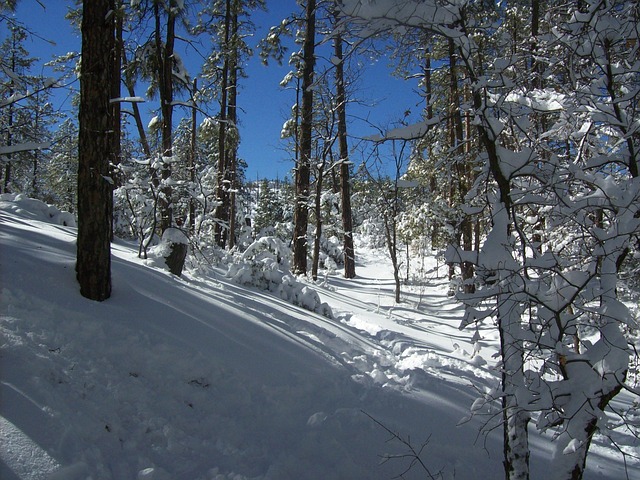
The heart of any city lies in its downtown area, and in this quaint neighborhood, a vibrant arts community thrives, becoming a cultural hub that attracts both locals and visitors alike. This dynamic scene is characterized by diverse artistic expressions, from galleries showcasing local talent to street art that transforms ordinary spaces into captivating canvases. The real estate in this district reflects this creativity, with historic buildings converted into studios, exhibition spaces, and cozy cafes serving as meeting points for artists and enthusiasts.
This artsy enclave fosters a sense of community, where residents and visitors can engage in diverse cultural events, workshops, and exhibitions. The lively atmosphere encourages collaboration and inspires individuals to explore their creative sides. As a result, this downtown area has become a sought-after destination for those seeking an enriching, artistic experience, further boosting the local real estate market with its unique and captivating appeal.
Downtown's Quaint Charm: Real Estate that Captures the Essence of a Flourishing Arts Scene

In the heart of any thriving arts scene, there’s a unique synergy between creativity and community, and downtown areas often serve as the epicenter. This quaint charm is not just about the architecture; it’s deeply intertwined with the real estate that has evolved to cater to a vibrant cultural landscape. Narrow cobblestone streets and historic buildings house galleries, studios, and performance spaces, creating an atmosphere that fosters collaboration and inspiration.
The real estate in these areas isn’t just property; it’s a canvas for artistic expression. From converted warehouses offering vast open spaces for contemporary art installations to charming Victorian homes adapted into intimate theaters, each structure contributes to the city’s cultural tapestry. This blend of historic preservation and modern adaptation attracts artists, galleries, and audiences alike, ensuring that the downtown arts scene remains dynamic and ever-evolving.
Investing in Art-Centric Neighborhoods: Unlocking Opportunities for Growth and Connection
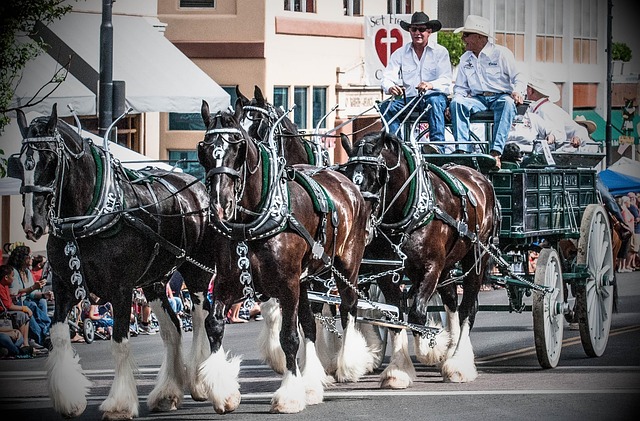
Investing in art-centric neighborhoods has become a strategic move for real estate developers and enthusiasts alike, as it offers a unique opportunity to foster community growth and cultural vibrancy. These areas, often characterized by a thriving arts scene, attract individuals who appreciate creativity and diverse offerings. By recognizing the potential of such neighborhoods, developers can unlock a range of benefits.
One significant advantage is the creation of vibrant, connected communities. Art galleries, studios, and cultural events bring people together, fostering social interactions and a sense of belonging. This, in turn, boosts local economies as residents support one another and contribute to a thriving real estate market with increased property values and higher demand for arts-focused accommodations.
